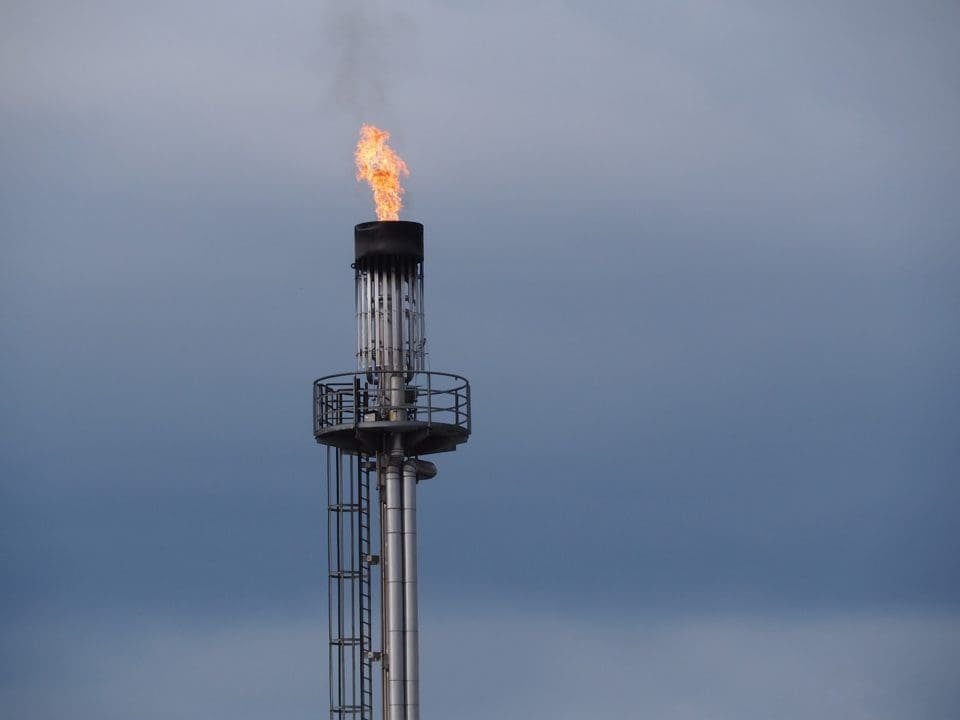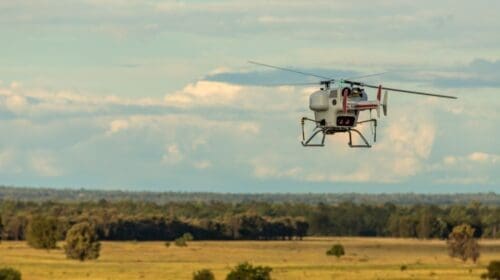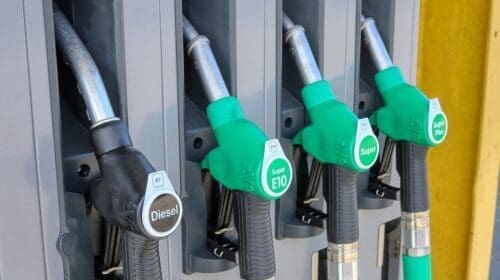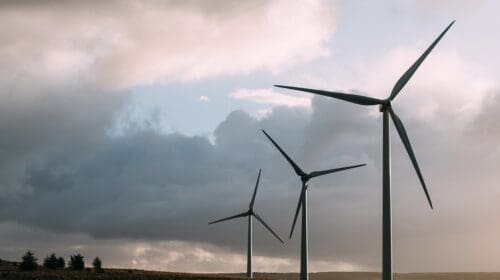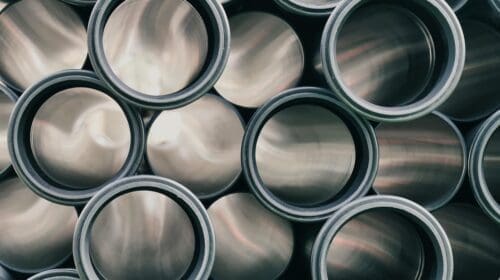While studies indicate even the smallest domestic wells emit significant levels of harmful methane gas, oil and gas companies have requested the Biden administration institute an exemption that would allow drillers to refrain from locating and plugging leaks. With motivation ranging from high costs to inefficiency, the Independent Petroleum Association of America (IPAA) and a coalition of drillers’ associations have requested the Environmental Protection Agency (EPA) exclude wells that produce less than six barrels per day from the plug and abandonment program.
While the Biden administration focuses on the battle against climate change, the likelihood of a resolution in the oil and gas industry’s favor seems slim. The oil and gas industry produces a third of the nation’s methane emissions. As a result, the U.S. joined over 100 other countries in a 30 percent reduction directive of methane emissions by 2030. To accomplish such a goal, the EPA released a proposal last year requiring oil and gas companies to monitor 300,000 of their largest well sites at three-month intervals to locate and repair leak sources. Additionally, the entity instituted a venting ban on methane produced as a byproduct of crude oil and mandated equipment upgrades to items, including storage tanks, compressors, and pneumatic pumps.
Next year will witness the fruition of these new regulations with hopes of cutting methane from oil and gas operations by an aggressive 74 percent by 2035. According to an EPA summary, these emission reductions would equate to emissions associated with passenger cars and airliners in 2019. With big goals established, the rule fails to aggressively cover emission control of marginal wells producing less than 15 barrels per day. However, the EPA’s supplemental ruling should surface in the coming weeks and establish an appropriate resolution path, possibly at the United Nations climate conference in Egypt later this month.
While the supplemental ruling looms, low-producing well owners indicate a need for more resources to monitor each site with the latest technology. Optical gas imaging cameras incur tens of thousands of dollars and require extensive training that adds to operational costs. Producers further allude to the fact that small wells produce insignificant methane levels. Therefore, the cost and efforts associated with a monitoring plan reign as counterproductive.
“Deal with the stuff where you know the emissions are coming from, don’t just mandate something that goes across the board whether you have a one barrel a day well or a 15 barrel a day well,” said Lee Fuller, IPAA Environment and General Strategy Officer.
Environmentalists, however, argue otherwise and reason that the combination of small well emissions produce a high level of methane emissions. The Department of Energy’s National Technology Laboratory and the EDF performed studies this year that realize 700,000 sites producing less than 15 barrels per day account for more than half of the methane emitted from domestic well sites.
“The fact that those studies show that half of the problem comes from these wells shows that you can’t leave half of the pie on the table,” said Jon Goldstein, the EDF’s leader tasked with regulating oil and gas operations.
While the industry awaits the fate directed by the supplemental ruling, additional measures remain in play. With the move to cut emissions overall, other steps can be expected. The industry’s use of flaring, a deliberate burning of excess natural gas, contributes to methane emission levels and could also be targeted in the upcoming ruling.
Nick Vaccaro is a freelance writer and photographer. In addition to providing technical writing services, he is an HSE consultant in the oil and gas industry with twelve years of experience. Vaccaro also contributes to SHALE Oil and Gas Business Magazine, American Oil and Gas Investor, Oil and Gas Investor, Energies Magazine and Louisiana Sportsman Magazine. He has a BA in photojournalism from Loyola University and resides in the New Orleans area. Vaccaro can be reached at 985-966-0957 or nav@vaccarogroupllc.com.
Oil and gas operations are commonly found in remote locations far from company headquarters. Now, it's possible to monitor pump operations, collate and analyze seismic data, and track employees around the world from almost anywhere. Whether employees are in the office or in the field, the internet and related applications enable a greater multidirectional flow of information – and control – than ever before.

